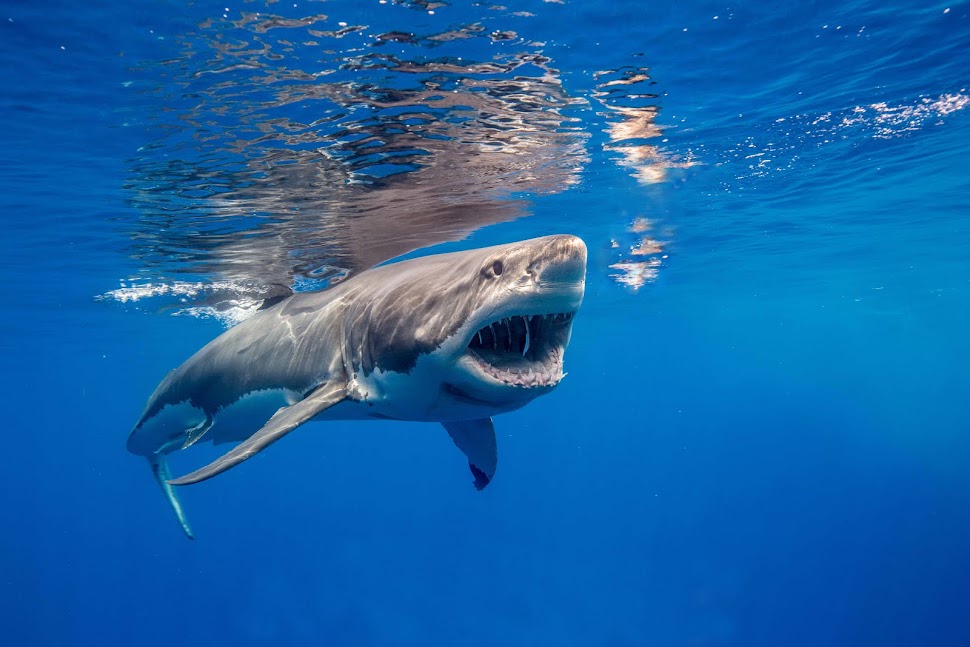 The resident Gulf of the Farallones white shark we featured last week called "Junior" was purported to be a shark that was badly hooked by a hybrid film and television/research production in 2009.
The resident Gulf of the Farallones white shark we featured last week called "Junior" was purported to be a shark that was badly hooked by a hybrid film and television/research production in 2009.For the past week we have been seeking confirmation that these incredible images were in fact the same shark, returned to the islands in 2010 emaciated and with a terrific wound/tumor on the side of its face.
Today we got confirmation in post by Marine CSI, responsible for the research side of this hybrid project in California and Mexico.
At stake, a career, scientific gravitas, and many unanswered questions.
Foremost, why did Marine CSI researchers who have been sitting on these images since 2010 only come forward now to ultimately defend their work and put forward an ad hoc series of unlikely reasons for Juniors current mangled condition?
Additionally why did sanctuary management not update their initial independent review document which was released to the public on September of 2010 when one month later, in October of 2010, became aware of these same images?
What we Know
We know this animal was a healthy breeding aged animal in 2009. In 2010 after being badly hooked in the esophagus with 98% of the hook left inside its body (over two pounds of steel), the same animal returned, emaciated, with a massive wound on the side of its jaw.
How that wound came to pass and how this animal came back seriously underweight is a matter for conjecture and debate. What's not up for debate is this sharks condition as of October 2010, grave.
After reading the post from Marine CSI this week we would like to frame this debate.
This debate is about is "cause and effect" not "unfortunate circumstance" as Marine CSI might have it's readers believe. So let's start there, cause and effect.

No comments:
Post a Comment